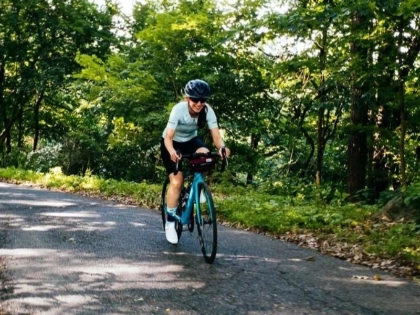How Should a Cycling Workout Be Done?
Cycling is an activity that promotes muscular growth and is low-impact. Your heart health, speed, and endurance can all be enhanced by it.
These exercises are suitable for all skill levels of cyclists and can be performed at home or in a gym. To help progressively raise your heart rate and prime your body for intense activities, they always begin with a warm-up.
Fortitude
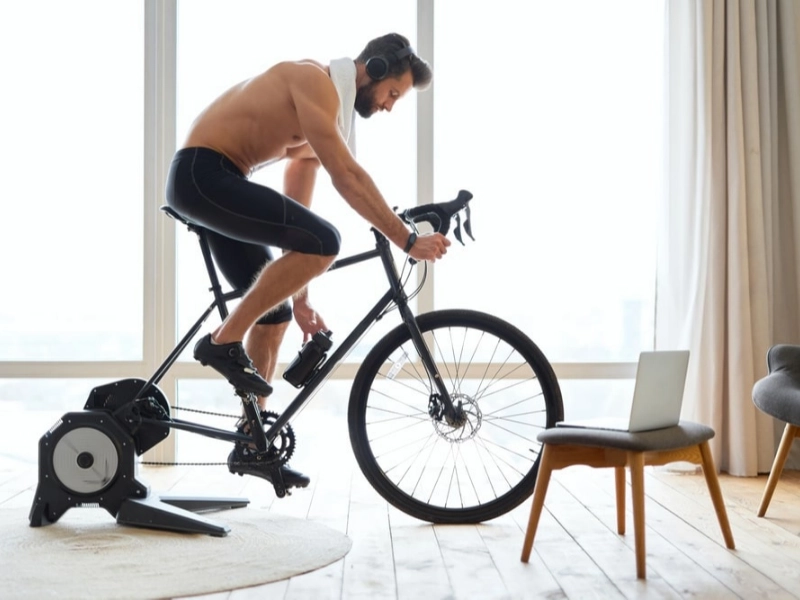
Cycling strengthens muscles, especially the hamstrings, calves, and quadriceps, and lean tissue burns more calories than fat. For this reason, strength training is essential for cyclists, particularly when combined with riding time.
According to Brooke, a solid strength program should focus on all aspects of the pedal stroke and include workouts that teach your muscles to cooperate with one another. A biker needs this muscle coordination to be injury-free.
This 60-minute workout is intended for experienced cyclists who feel comfortable working at close to maximum intensity. Meghan Hayden, NCSF-CPT, is the creator of Performix House in New York City. It begins with a mild mobility warm-up before diving straight into quick bursts of hard training. Modest rest intervals follow each sprint. You will increase your leg strength and power through the sprints, in addition to developing anaerobic endurance. This is a wonderful method to sneak in a quick workout throughout the workday because it is a brief workout that involves riding.
Tenacity
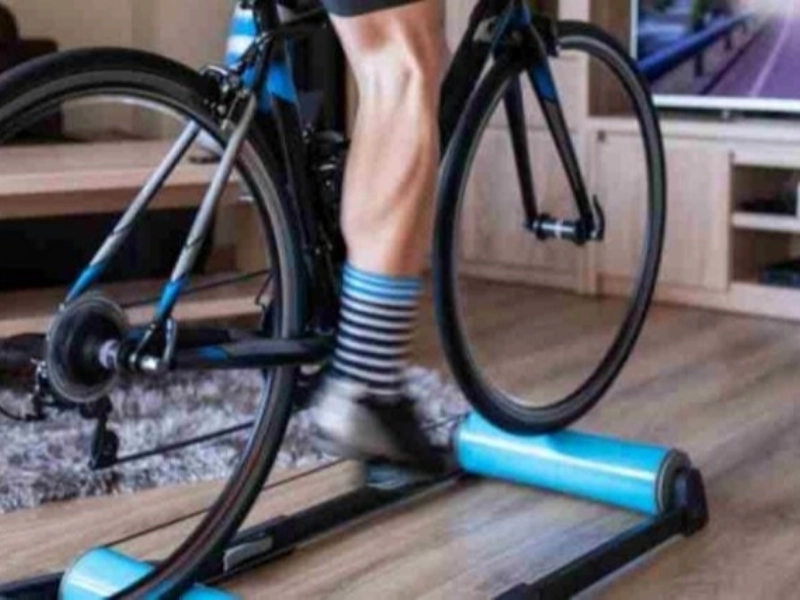
Cycling demands endurance, or the capacity to maintain a constant speed for lengthy periods of time. Because of this, it's critical for athletes to increase their endurance through a regular training regimen, which you can accomplish by mixing up your cycling routine's routines and activities.
Because riding a bike mostly requires arm control, cycling also strengthens the triceps and biceps. This is particularly true for road bikes and mountain bikes, where you have to maneuver around obstacles like bumps, which tones these muscles.
An excellent cycling workout consists of extended intervals of low-intensity exercise interspersed with short bursts of high-intensity exercise. You'll need a stationary bike with adjustable resistance if you want to accomplish this. This kind of workout consists of a five-minute warm-up followed by eight 15-second cycling bursts at 100% wattage. This increases your leg strength and peak 15-second power. After that, you'll cool down by pedaling at a moderate pace for five minutes to promote muscle growth and keep your cardiovascular system active.
Adaptability
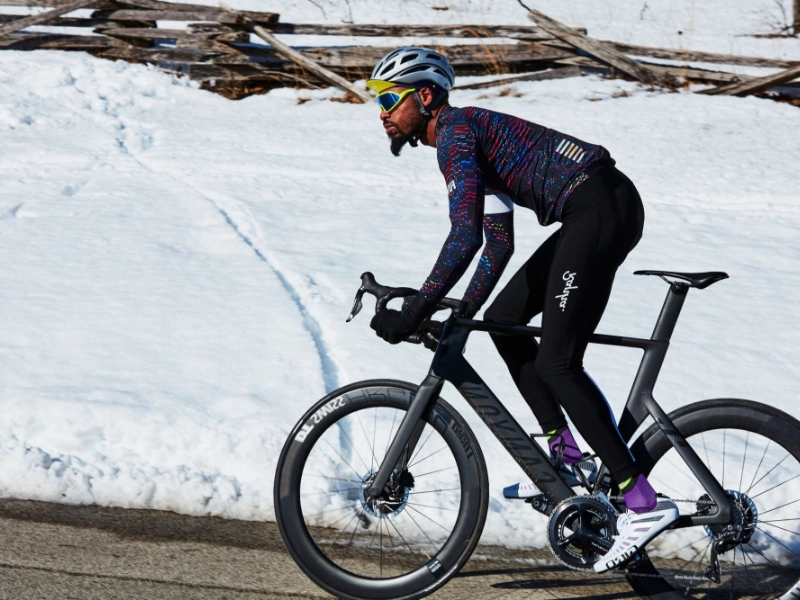
A considerable amount of flexibility is needed for cycling. Each person's range of motion in the legs, back, and hips must be compatible with the muscles and tendons in those areas. Maintaining or regaining this flexibility can lower the risk of injury and enhance performance. Stretching exercises can help.
To help muscles and tendons relax after an exercise, perform static stretches. Muscle stiffness brought on by stretches done before an exercise session can lower power production.
Lunges are a quick and efficient way to build strength while riding a bike. They work all of the lower body's muscles, but particularly the hamstrings, quads, and hips. Using this HIIT-inspired workout during the week to mimic a strenuous hill climb is highly recommended. You will become stronger for both hills and flats by doing this and strengthening your legs. It also enhances your capacity to recuperate from a strenuous endeavor. This is ideal for getting ready for the racing season.
Heart
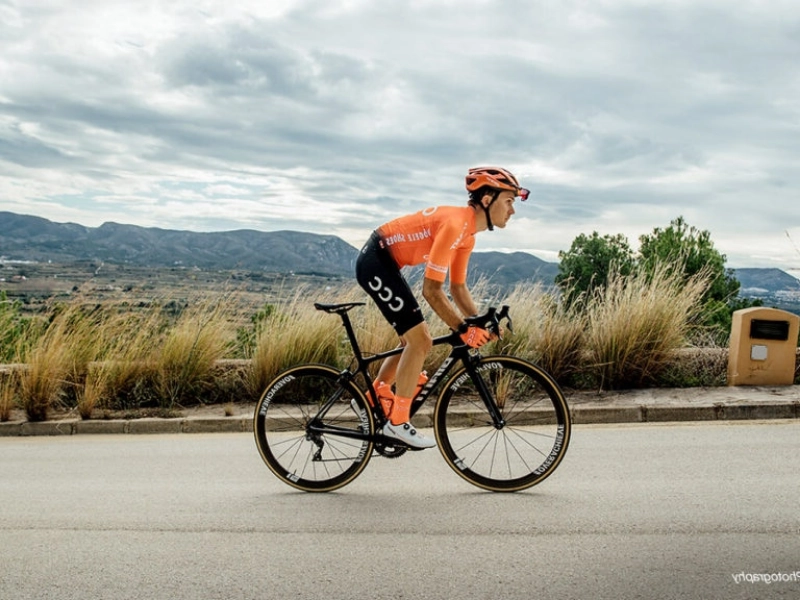
Cycling is an excellent cardiovascular exercise that strengthens legs and burns calories without putting undue strain on joints. You can ride a stationary bike at your gym, on a bike path, or on the road. It's simple to begin and can take on whatever level of intensity or impact suits you.
If you've never rode a bike before, warm up for ten minutes on an easy pedal. Add a set of high-intensity intervals lasting ten minutes after that. Two 15-second bursts of sitting cycling and two 30-second bursts of standing cycling make up this cycle workout. Five minutes of moderate-intensity riding and recovery are in between.
Even though this exercise program is meant for beginners, it's crucial to keep in mind that your resistance and pace should be determined by your rate of perceived effort (RPE). The number that expresses how hard you feel when doing something is called an RPE. RPE awareness is a helpful tool for staying safe and preventing injuries when cycling. For instance, you are working too hard if you feel as though you are unable to speak during the breaks.










